For his exhibition in Amden, Erik Steinbrecher travelled from Berlin to Switzerland with a thousand supermarket hamburgers and a double baguette cast in aluminium in his baggage. Adherents of the Lebensreform (“Life Reform”) movement from Berlin had made the same journey a century earlier. Until just a few years previously, the stalls on the ground floor of the barn, where the burgers and the baguette would be on display, had housed the yearlings and cows brought down in early autumn from the higher Alpine pastures to graze on the surrounding land and feed on the hay stored in the hayloft during the cold winter months.
Visitors can still see, touch, and smell the traces left behind by this simple, unsentimental form of animal husbandry. The temple that in 1903 the German settlers led by Josua Klein had planned to have built within sight of the barn but further down the Amden mountainside never materialized, and this curious idea has survived only in accounts, drawings, and construction plans. Conceptually, therefore, Steinbrecher was re-enacting the journey of his predecessors from Berlin, whose critique of civilization and quest for meaning took them to a supposedly intact mountain village, where their presence paradoxically accelerated the urbanization of the rural surroundings.
The installation in the barn, for which Steinbrecher strung up the baguette and the hamburgers on wires suspended from the ceiling, emphasized the raw, unprotected, elemental nature of the situation and the relative proximity of natural forces, while simultaneously questioning and subverting them [figs. 088–090]. The meat and the bread did not come from a farm; they were industrial products, industrially processed and marketed like any other commodity. In addition to the installation in the barn, at the end of which the desiccated burgers were taken down and burned, some of the meat — at least on the first day of the exhibition — was also presented on the meadow in front of the house, further underscoring the processual nature of the work.
The shape of the cheap, engineered burgers available from discounters and consumed in vast quantities all over the world is as entrenched in the global inventory of anonymous design as are the building materials from the DIY store where Steinbrecher is a regular customer. Needless to say, the substance of the former — raw meat — makes for a radically different aesthetic experience. This in itself was enough to provoke controversial reactions to the hamburgers lined up on the meadow on the day of the opening as well as the installation inside the barn. The work not only put up for debate what art should accomplish and what materials it should be permitted to use; it also raised questions about the way highly industrialized societies relate to and treat food, animals, and nature. What is authentic? How can the genuine and the fake be distinguished and evaluated? Revulsion and uncertainty — feelings that not even the artist could avoid when working with the meat — and the thoughts evoked by Steinbrecher’s choice of materials are crucial aspects of the project devised for this location. The artist does not share the desire to aestheticize all aspects of society, a philosophy advanced by the Lebensreform movement in Germany and Switzerland at the turn of the twentieth century and still cultivated in certain forms of contemporary art. He feels greater affinity with the politicization of aesthetics, as propounded by Walter Benjamin. The photographs of his work in this publication attest to a multi-facetted, utterly non-utopian, artistic process that began with the purchase of the burgers in Berlin and ended with their public incineration in Amden on 22 December 2007. It was a process that touched, but did not elaborate, on issues of relevance to the genius loci. The work consisted of a process of transformation, and as such effectively resisted the institutionalized museum context. In many respects, it was a richly allusive and hermeneutically dangerous process, addressing the common ground between “reality” and “fiction,” and clearly pointing beyond the transient order of material things. It would be hubris to extrapolate a method from this work; the artist’s action is not and never will be repeatable.
– Roman Kurzmeyer

 Images
Images
 Info
Info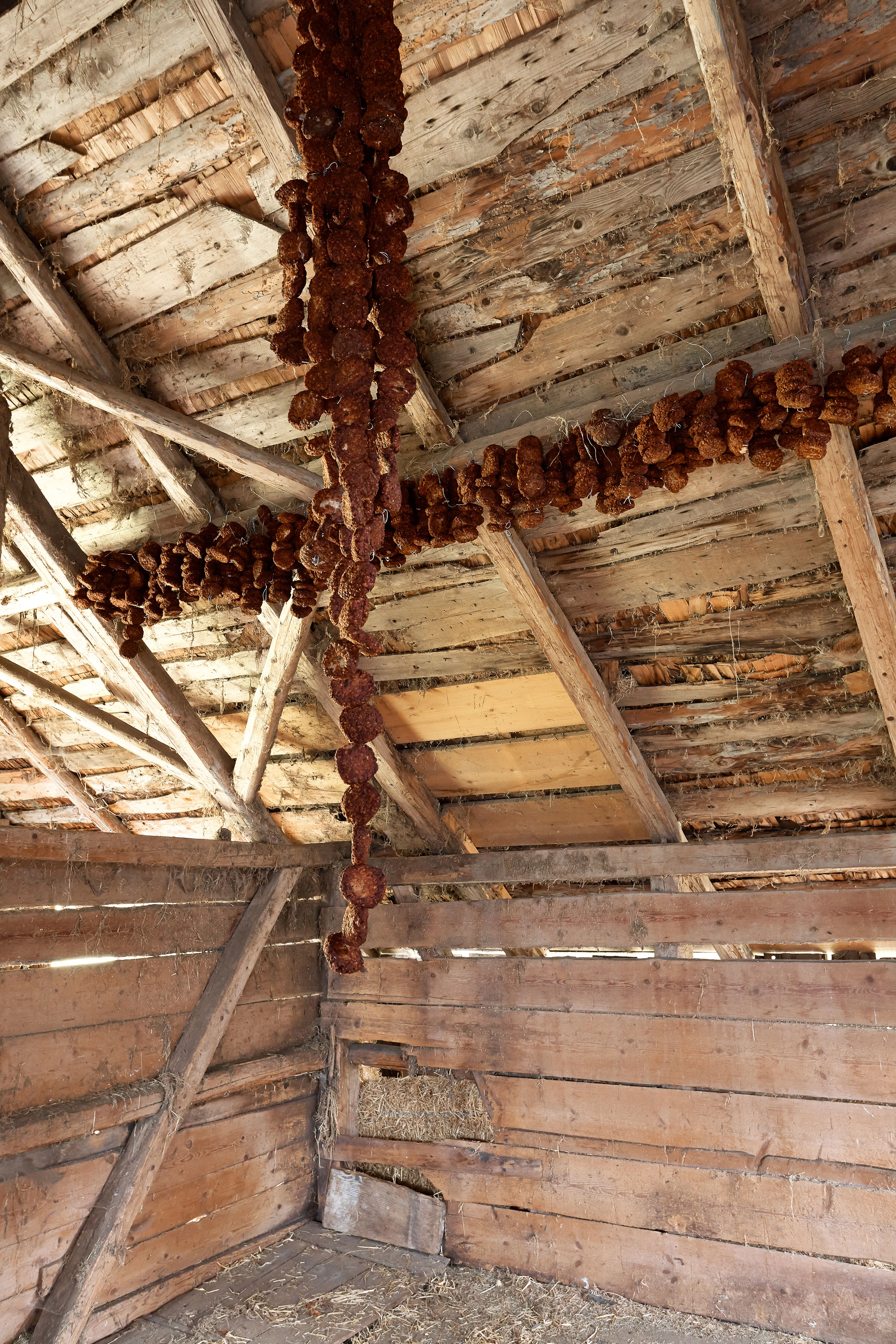
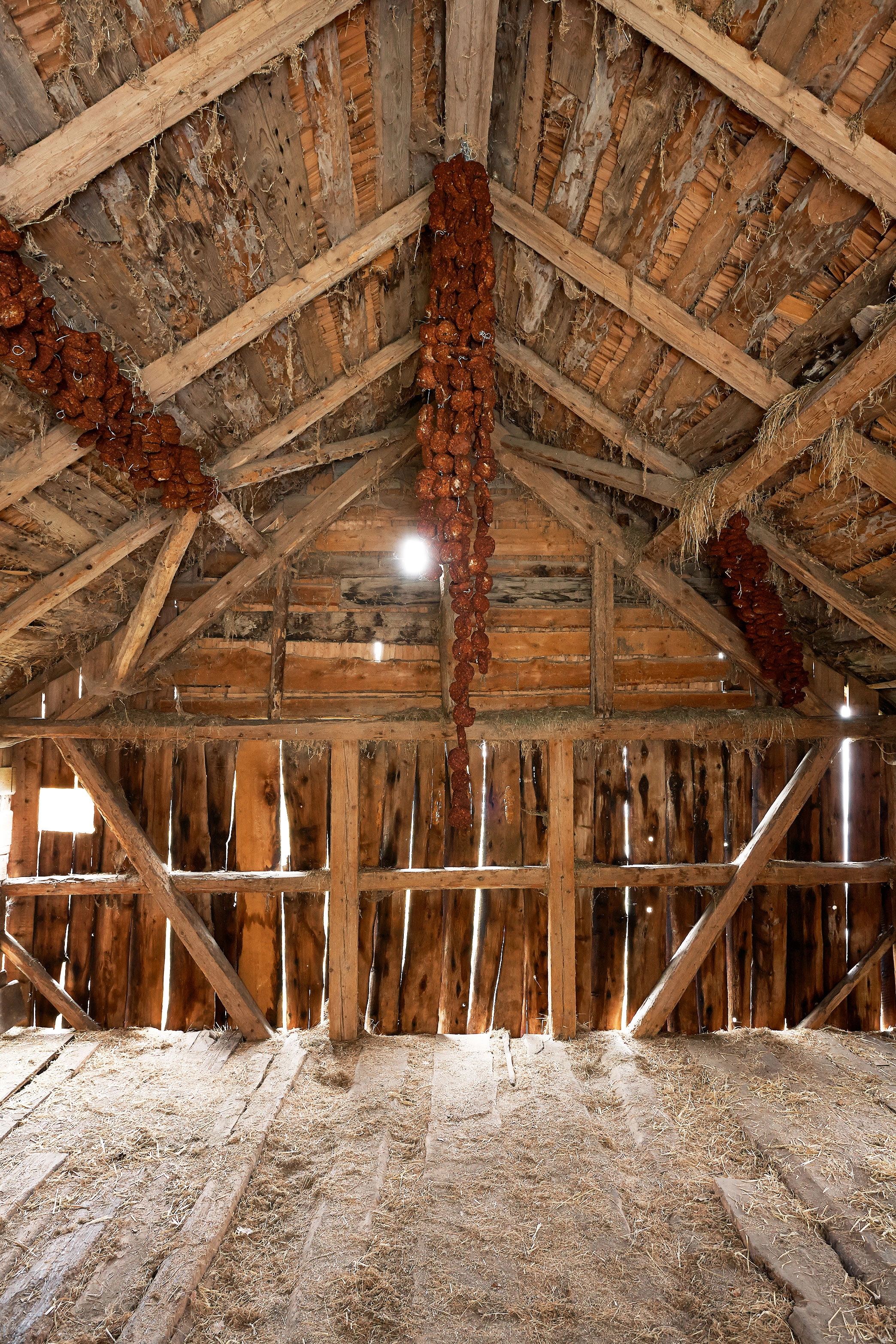
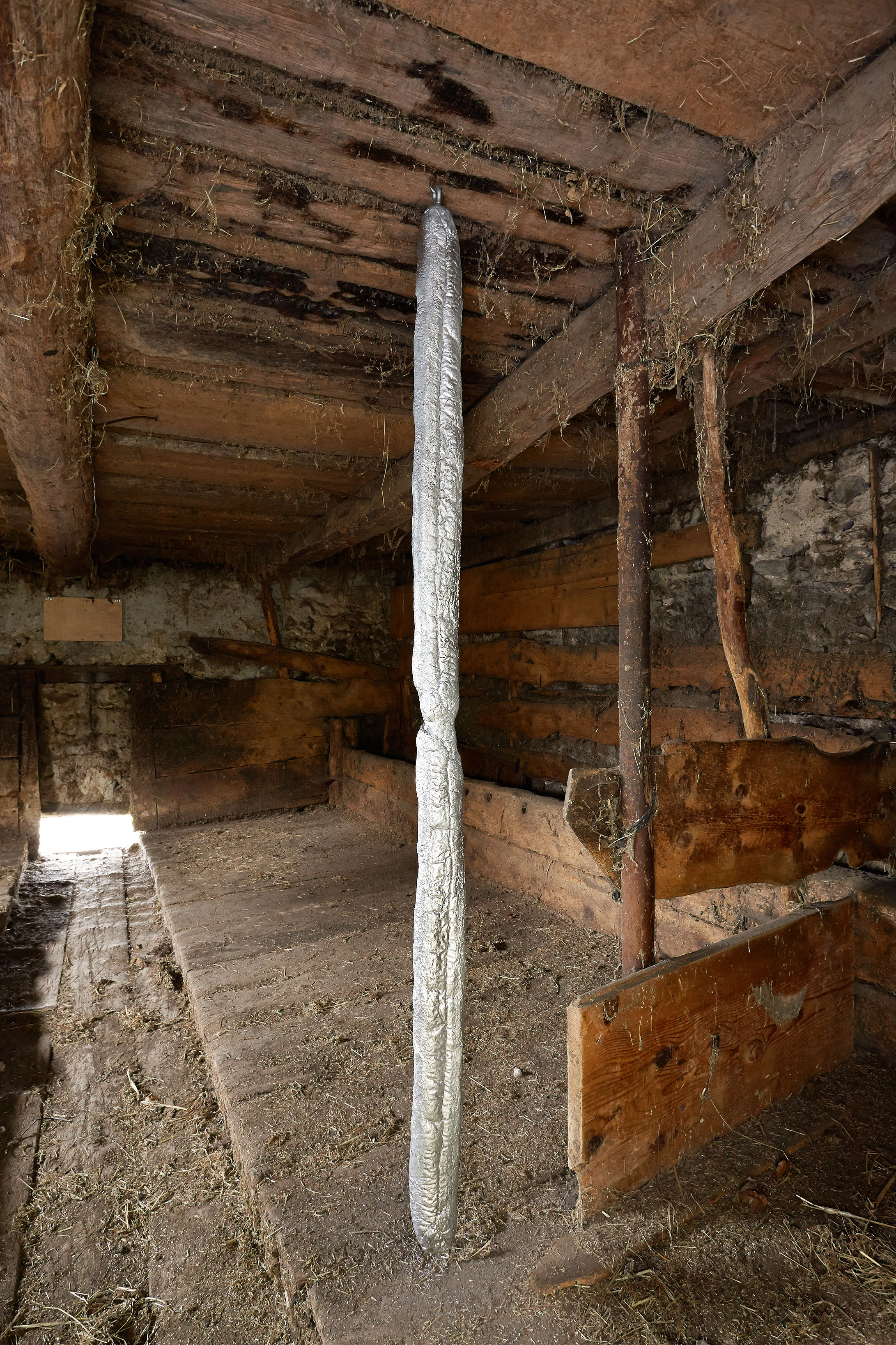
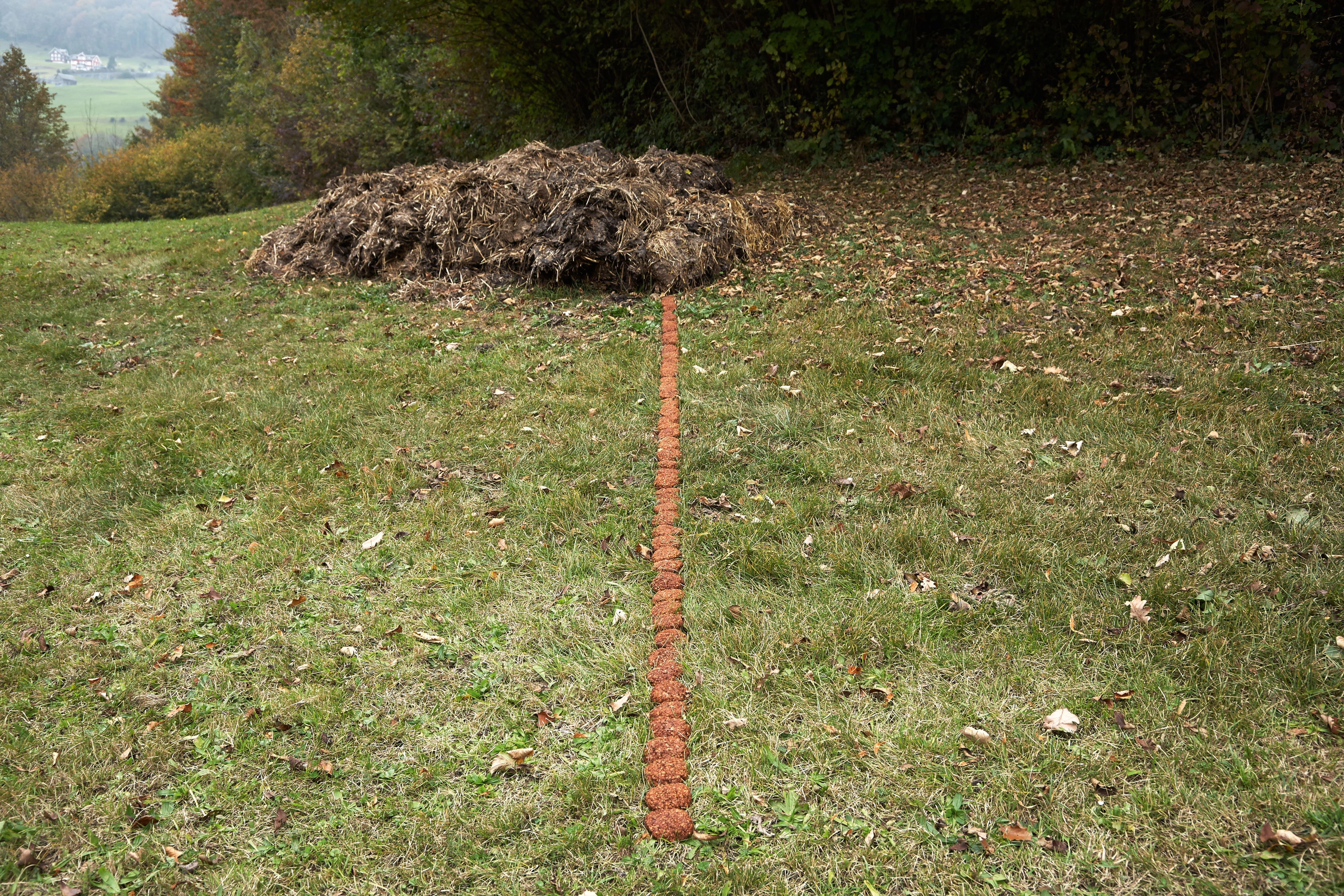
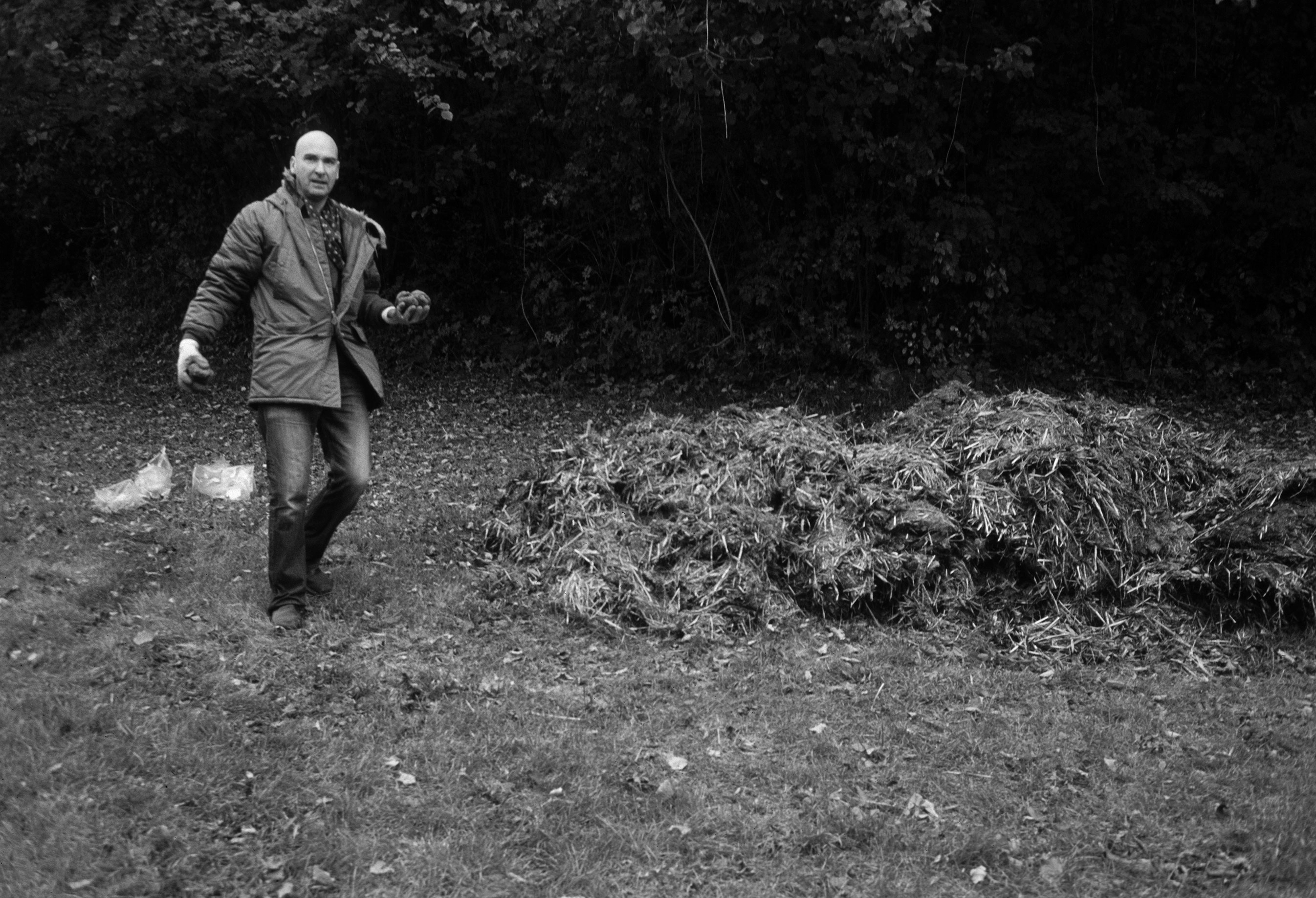
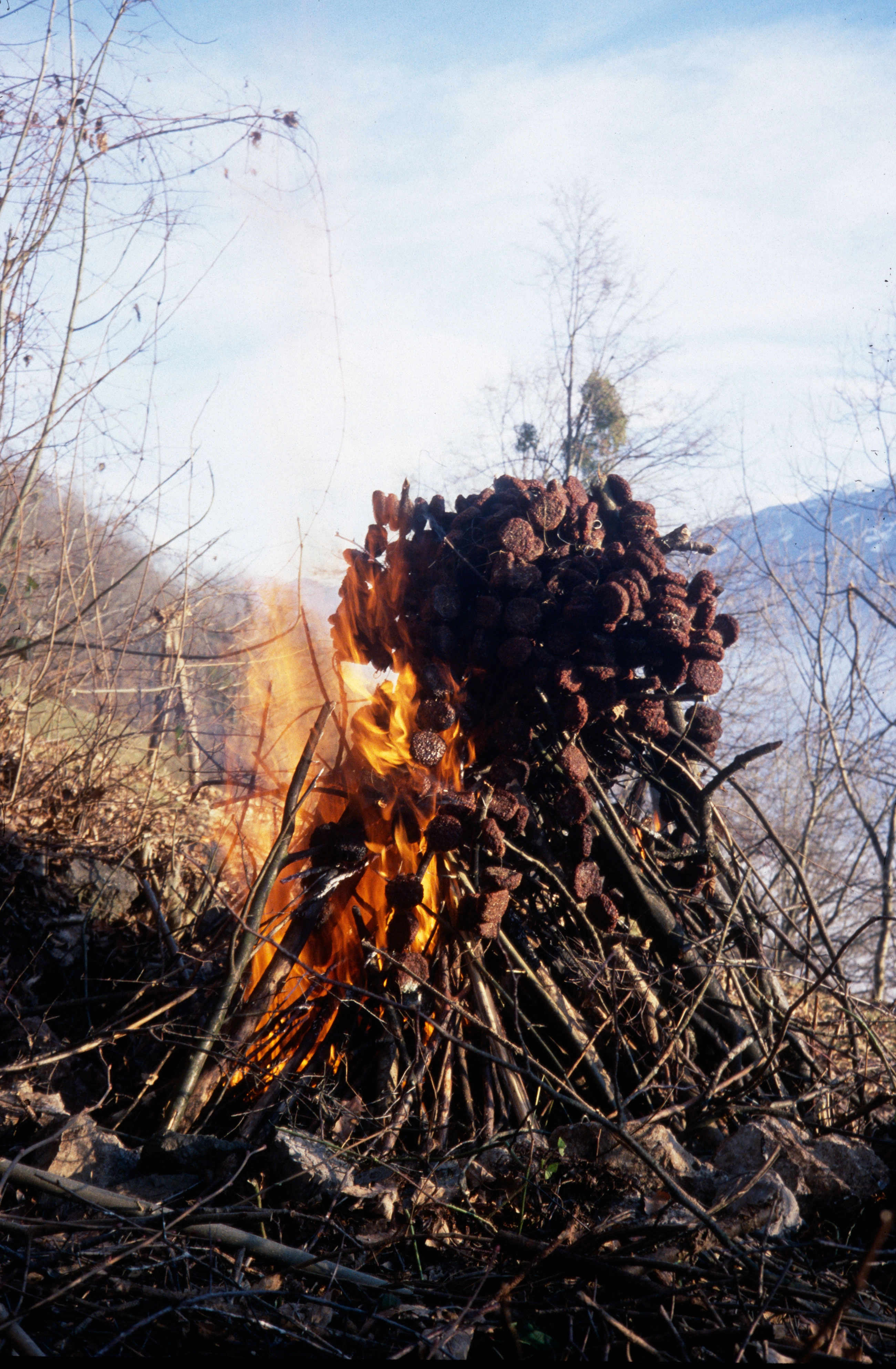

 Next Exhibition
Next Exhibition